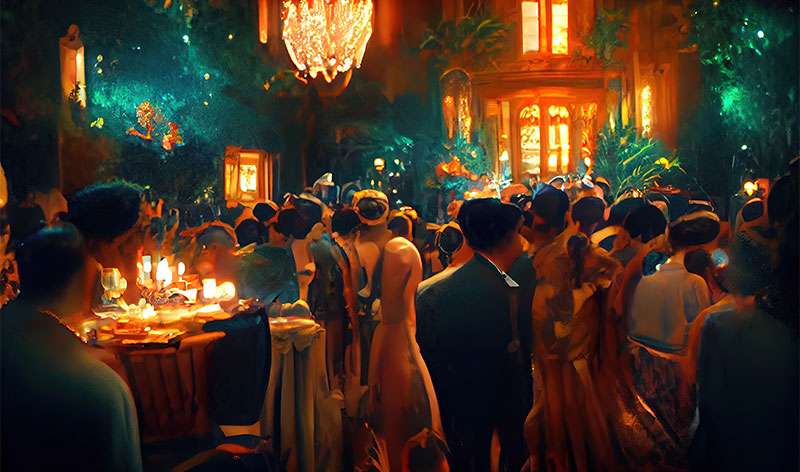From humble beGINnings – a history of gin in Sheffield
Gin making began in Northern Europe in the middle ages, when Benedictine monks added juniper berries to their distilled wine to make medicines. It gradually spread across Europe and became a popular alternative to brandy. When tensions with France rose in the 18th century, the government imposed a tax on brandy and wine, and this ushered in a period known as the ‘Gin Craze'. In this period gin was blamed for a number of social problems, and parliament restricted sales, driving production underground.
Old Tom Gin
Between 1750 and 1850, with gin distilling illegal in all but the most limited capacity, many pubs around England sold gin through an outlet, featuring a black cat on the outer wall, and a slot for pennies. This gin is slightly sweeter than London gin, which is based on that recipe.
Gin Rehabilitation
Eventually this ‘prohibition' relaxed, and gin once again took off in the 1860s, when wine cultivation was decimated by a grape vine blight. In this period, many areas adopted their own styles of gin, with Plymouth gin, Dutch gin, and of course, London gin, which we at Jin Reaper distil ourselves. Along with the development of the column still, which made the distilling of neutral spirits easier and more reliable, this led to an improvement in the reputation of gin.
The perfect mixing drink
London gin in particular is very receptive to mixing, and with the popularisation of quinine tonic, used to treat malaria, gin became highly popular with the British in India. Gin and tonic, and gin and bitters, also known as pink gin, became a staple drink of the Raj. Many of the most well-known brands, including Beefeater and Seagram gins, were established in this time.
Dry gins
In the 1950s, led by the popularity for dry champagne, unsweetened gin became much more popular. This style is very much in keeping with the London dry gin. These gins have little or no sugar and are very light in style, making them even more receptive to mixing and blending. London dry gin became the standard gin style, and is integral to the history of gin in Sheffield, whose distillers adhere to this convention in general.
A new gin craze!
The 2010s saw another wave of gin mania, with gin bars and new mixtures and combinations appearing almost daily. The image of gin moved from being associated with an old-fashioned, antiquated drink, to being modern and trendy once more.
Along with traditional sloe gins, numerous berries, spices and herbs are popular and there are hundreds of experimental varieties of gin available. Many artisan gins, including our own, have been founded in this new wave, with a range of innovative or traditional approaches to gin making, each with its own merits and drawbacks.
Gin in Sheffield
While none of Sheffield's old gin distilleries remain, many new gin distilleries have been established in Sheffield and South Yorkshire in the recent wave. As neutral spirits and quality stills become more accessible to smaller businesses, the gin industry has moved from being the domain of large corporations, to being led by independent small distillers like ourselves. We hope this shift will lead to a new age of quality gin making long into the 21st century.



